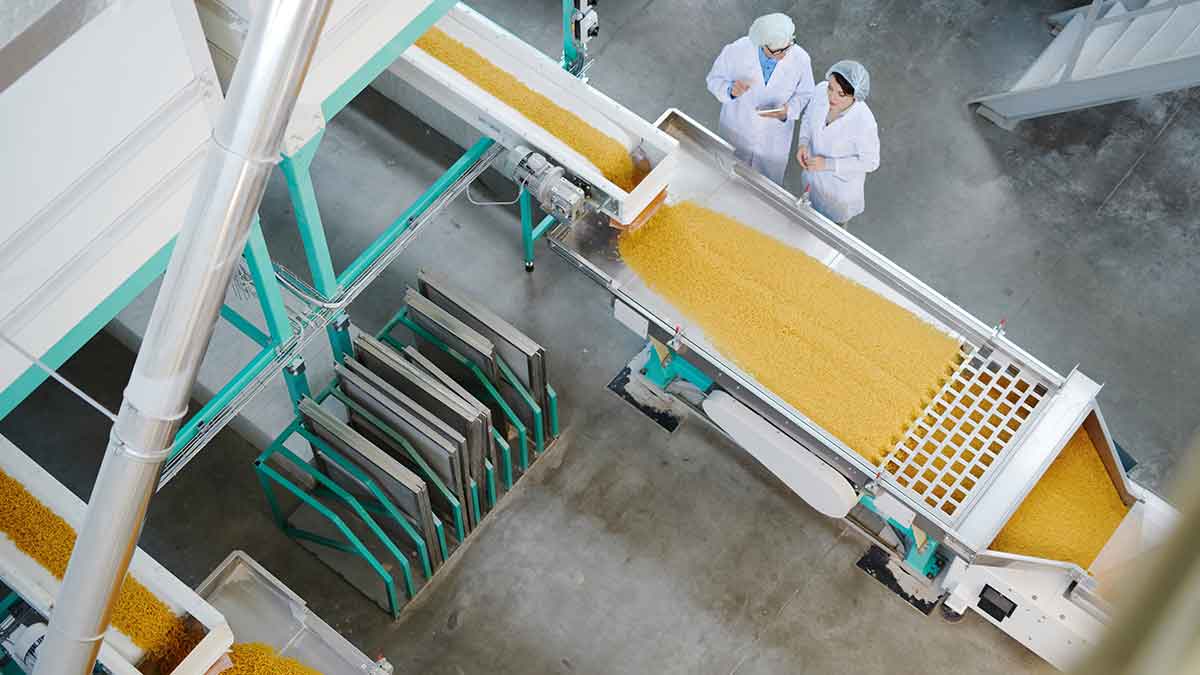Highly important aspects in our diverse societies are food, cuisine, and food supply; all issues related to what we eat. The food sector could not ignore food because it is a pivotal need of society. There are a handful of areas where instrumentation and sensors for the food industry can be of use.
A Much Smarter Kitchen
People are not in shock that refrigerators “know” what they have inside. Therefore, refrigerators can shop online more easily without human intervention. If they “see” the end of their life, perhaps they can tell us what its condition is by using built-in sensors.
Moreover, the embedding of small sensors will take place, and they will account for the need of any foodstuffs before they go off. In addition, both instrumentation and sensors for the food industry will also help determine whether the temperature or humidity conditions are too low for storage.
Helping Out the Transport Chain
There is no need to set the same temperature for every product anymore. Previously, technicians used to set refrigeration systems at a particular temperature, and the refrigeration system would maintain that temperature. It was not possible to know if the temperature was right for each product, or whether it was constantly maintained at all times. With small sensors and even more simple cooling systems, the responsibility for maintaining temperature now falls on food containers. This allows for a customized environment depending on the product in storage.
Connected thermostats can monitor the temperature and easily notify users via wireless connection if there is a mismatch between the temperature it should have and the one it has. This allows for instant action to replace packaging, if necessary, and it prevents irreparable damage.
The connected sensors can provide automated stock management. These sensors do not require operators to input any information manually and can automatically report stock levels to a central system that handles automated requests when they fall below a certain level. These sensors also give way for monitoring perishables and figuring out when to sell them before their best-before dates. Thus, industries will throw away less merchandise.
Higher Product Quality Guarantee
Tracking systems that use embedded tags allow packers and distributors to track the route of the food. Since implementing a GPS tracking device for each box, or for each individual item in the load allows for highly customized tracking, tracking systems greatly enhance logistics.
This gives the consumer an opportunity to identify exactly where their food has been produced. The retailer can use this added benefit as a sales pitch to gain something from this increased traceability.
Improved Product Automation
Until now, agricultural care was done in bulk. However, the future will see the implementation of humidity sensors and other sensors so that irrigation and other cares can be optional.
Producers will benefit from water savings and other efficiencies, as well as streamlined production to increase profits.
Stockbreeders can use this same IoT to farm animals. As an example, they can use weight monitors to examine and adjust animals’ diet, increasing production and streamlining resources.





